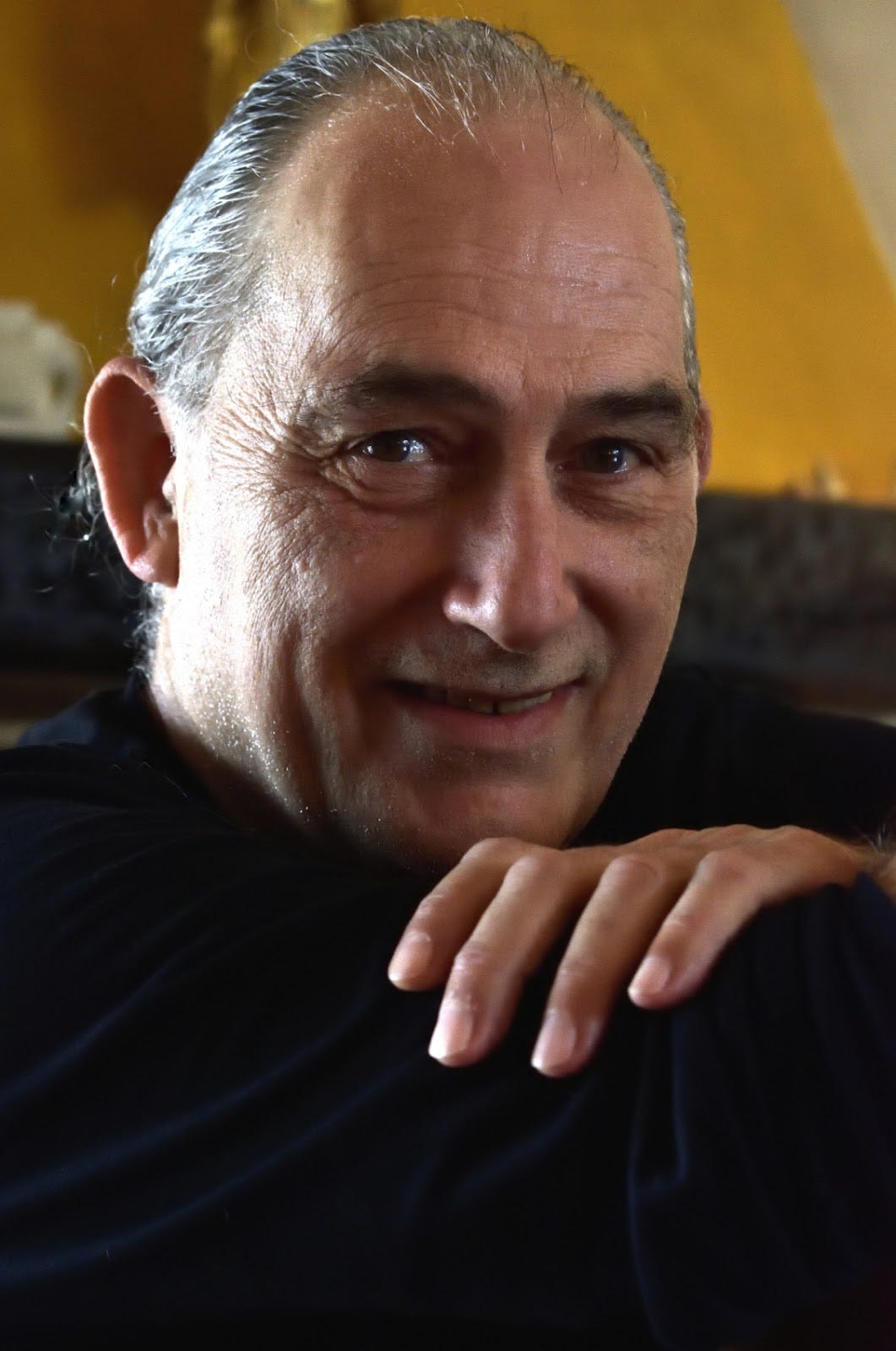Why Can’t People Hear You When You Speak?
Powerful Techniques techniques to communicate effectively—whatever the stakes.
Very often, good speaking is viewed as a verbal art form. Elocution, diction, and modulation, to name only a few elements, are believed to be the obvious and essential ingredients to a good speech, communication, or presentation.
Every verbal communication has a rhythm and a tempo, like music does. A happy balance between sound and silence creates harmony in music. That is what makes the mood of a musical piece and that of all verbal communications. Spoken language is organized and governed by time (rhythm, phrasing, and pauses) and by melody (pitch, intonation, and inflection.)
The silence or pause is an interruption of the sound. Without it, there would either only be sound or nothing at all.
From one-on-one chitchat to full-scale great speeches and performances, pauses are the oxygen of all verbal communications. Pausing is the art of creating sustained silence so people can understand the meaning of what you are doing and saying.
Pausing is one of the most ignored techniques to communicate effectively.
People cannot hear you when you speak!
…but only when you stop talking! It’s a funny thing to say. It is the interruption that creates the possibility for understanding and appreciation of what is being said. If you become a better pauser, you’ll be a much better speaker—and people will appreciate you much more. The two are intimately connected. Individuals (your friends, family, colleagues, etc.) and any kind of audience feel, think, and listen ONLY during pauses—when you stop talking.
Ideas are only grasped during the sustained silences of your sentences. People who communicate successfully verify at each pause if their message is getting across. They adjust based on what they find at the pause. It is impossible to listen to anything that contains no pause or silence.
Why is it so difficult for people to pause?
Until you verify its authenticity and reliability, pausing makes anyone highly visible and exposed. It can be rather uncomfortable. Paradoxically, it places the much-needed attention on you.
People focus on four things when you speak: your facial expressions, your gestures, your postures, and your voice tone. When you pause, all four elements are magnified and amplified. It means you have their full attention. Rather than welcoming being the orchestra conductor, most people ironically flee this immediate yet necessary promotion to “star” of the show. Instead, they become self-conscious. A good definition of self-consciousness in this context is “not knowing what to do when all the attention is on us”.
In my experience, it is this very pressure to be the only focus of attention that is the root cause of most problems in communication. It goes also for career advancement interviews, promotions, negotiations, or any situation where effective speaking is essential.
Along with passion and high enthusiasm, pauses are the true launching pads of any great verbal impact. Timing your gestures, postures, and facial expressions with the pauses of your speech, presentation, or story, is the beginning of mastering the art performance.
You can intimidate with pauses or you can impact tactfully with them. Speaking shines as a consequence of well-planned pauses. Don’t be afraid to be the ONLY focus of attention when you pause in between words or short sentences.
How do I practice the art of pause?
Deliberately intend to pause. Relax into your pauses. Take your time. It’s not about counting the seconds like a robot. Instead, pay attention to your audience…discover how they feel. You can only do it when you pause.
By welcoming the intensity of focused energy that will inevitably come at you. Plant firmly, and remember that every time you pause, a massive rush of audience energy comes at you. Be prepared—you asked for it. It’s the same with one-on-one situations, boardroom meetings, etc.
By allowing yourself to plant firmly in your body and breathing so that you can use the impact of your pauses on your listeners effectively.
By becoming aware of what your facial expressions are revealing when you pause because people are watching. The ratio of people’s focus: 60% facial expressions, 25% voice tone, 10% gestures and postures, and 5% what you say.
By taking charge of your pauses and allowing your face, voice tone, and gestures to express your message.
ABOUT THE AUTHOR
A New Stage for Business | Transformative Coaching that Uniquely Blends Creative Cognitive Exploration with Professional Growth and Development.
Background
For many years, I have trained and coached people to better understand themselves in relationship to what they do. Merging self-inquiry and keen insights into performance, leadership, and self-development, I encourage individuals to confirm and act from the original foundation of their motivation, behavior, and decision-making patterns.
Because of my long background in the performing arts since the 80s and an enriching dive into behavioral psychology (Behavioral, Cognitive, Humanistic, and Group Therapy) as it relates to personal and professional development, I was inspired to work with countless individuals outside of show business.
Every single human being is creative by design. I profoundly understand that every decision is a new direction, so choices become the pivotal factor that determines the quality of our experiences across the board.
These writings are geared to empower the individual.
Quantum Design Connection Transformative Business Coaching
Speakers & Artists International Public Speaking & Media Training
Hollywood Actors Studio Performance Skills
Aquadigigraphy A New Look at Art
Book Author






